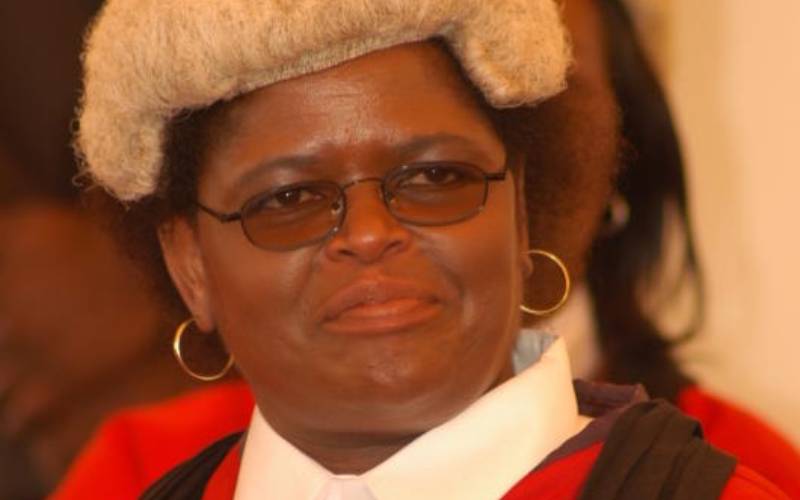
It is almost a fait accompli that Martha Koome will be Kenya’s next Chief Justice. The alacrity with which her name has been forwarded to Parliament suggests that she is in the Executive’s good books. That the august House has been said to be an appendage of the Executive means her vetting is a foregone conclusion.
But to her credit, Justice Koome has not gotten to where she is gratuitously. She has certainly earned her stripes in legal circles where she is described by some as compassionate and with a sense of justice in the right place. She is reputed to be a judge who focuses on substantial justice rather than on technicalities. She is collegial, working well with people around her. To that end, she was the initiator of the Court Users Committee in Kenya, a platform for actors in the justice sector to consider improvements in the operations of courts, among other things.